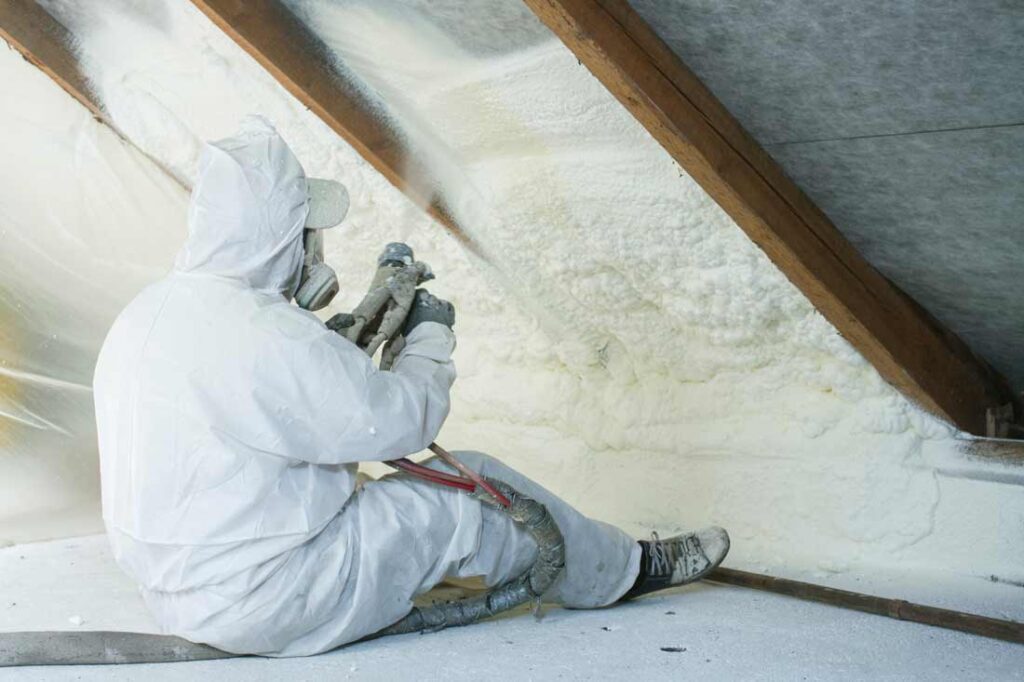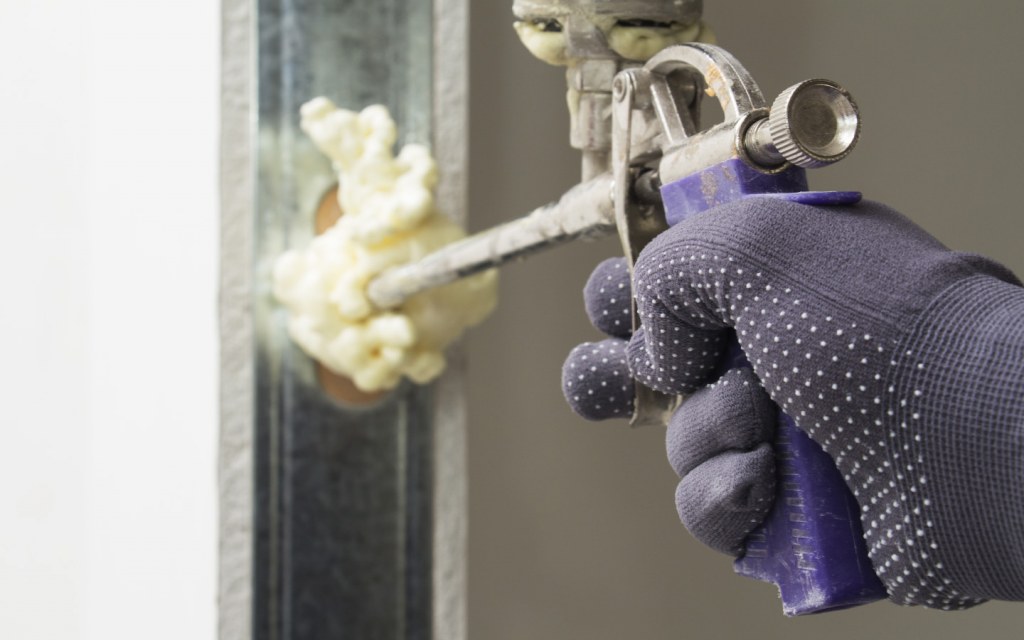Spray Foam Insulation: What You Need to Know
3 min read
With winter approaching, one of the greatest ways to lessen your carbon footprint and save month-to-month energy costs is to improve your home’s insulation. Air leaks around windows, doors and foundations significantly deplete your home’s thermal performance, with defective and non-tight construction envelopes accounting for up to 50% of heat loss. A detailed Rise guide on how to avoid house heat loss may be found here. Assume you’ve determined that some portions of your home require additional insulation.
In that situation, spray foam insulation might be a viable alternative to investigate. We’ve put up a comprehensive list of the benefits and drawbacks of this increasingly popular insulation option. We also offer a few suggestions to assist customers in locating the highest-performing, ecologically friendly spray foam to improve their home’s energy efficiency & thermal performance.
What Is Spray Foam Insulation?
Spray foam insulation, often known as spray polyurethane foam (SPF), is steadily gaining popularity as a viable insulating option. While fiberglass and other “batt-type” insulation used to be the most popular choice for house insulation, installation in some homes or hard-to-reach regions can be difficult. During World War II, the US military developed spray foam insulation in the 1940s. They used this high-efficiency insulation on airplanes at the time. This insulation option began to be employed in homes three decades later, in the 1970s. Spray foam insulation, on the other hand, did not become cost-effective enough to become a big participant in the insulation market until recently.
Polyurethane foam, which is used in soft furniture such as sofas, chairs, and Memory Foam mattresses, is used in almost all spray foam insulation. Because of its high R-value, spray foam insulation provides excellent thermal insulation for dwellings when correctly installed (how insulation capacity is measured). Spray foam insulation may be placed to difficult-to-reach spots such as attic corners or low crawl spaces around your foundation. As a result, by sealing your home’s building envelope, this insulation option can help reduce air intrusion.

Where Can Spray Foam Insulation Be Used?
Spray foam insulation can be utilized on the walls, roof, attic, and foundations of a home. However, in situations where moisture or vapor is a concern, you’ll need to utilize closed-cell polyurethane spray foam, as we mentioned before. Closed-cell insulation is necessary for insulating a foundation.
How Long Does Spray Foam Insulation Last?
Spray foam insulation is extremely long-lasting, with some reports claiming it may last up to 80 years. When open-cell polyurethane foam is put in regions where moisture or vapor damage might occur, the major issue or problem develops. To avoid this problem, choose the slightly more costly closed-cell foam insulation. It will last longer. It’s worth noting, though, that, like with other modern technologies, we don’t yet know how they’ll function in the long run.
Who Can Install Spray Foam Insulation?
Spray foam insulation should be installed by professionals. It is advised that residents leave the house during the installation. During the spraying and drying of spray foam insulation, considerable volumes of volatile organic compounds (VOCs) are released. Homeowners should leave the house until the curing process is complete, which takes around 1-3 days, and the house has been thoroughly aired.
For more enquirers, visit foamspray.co.uk







